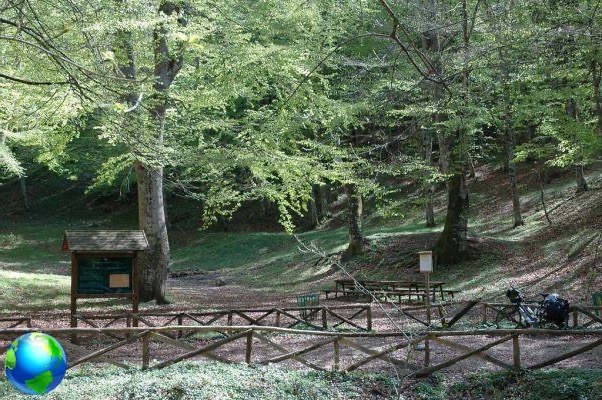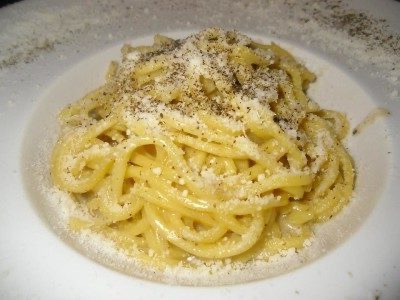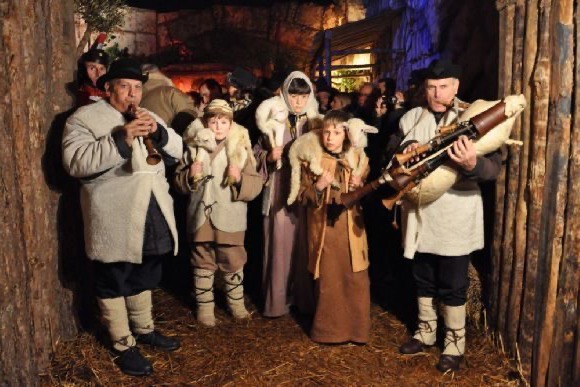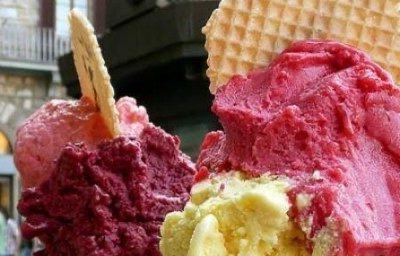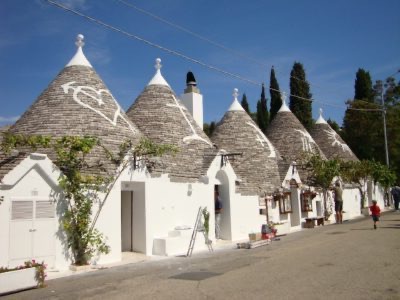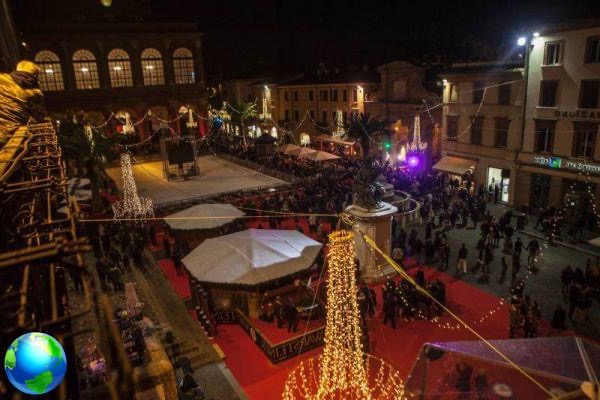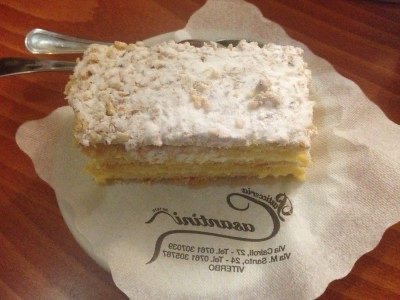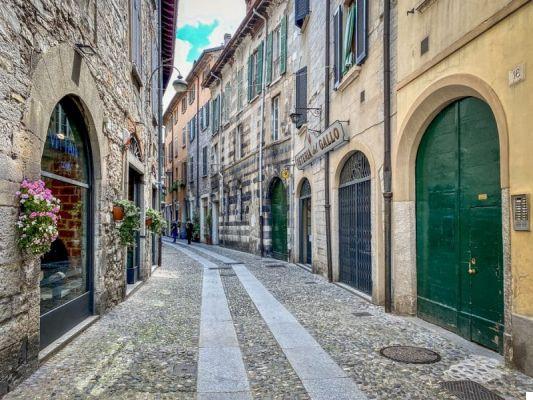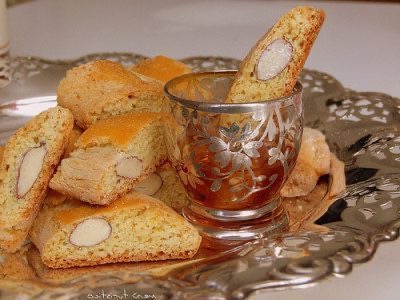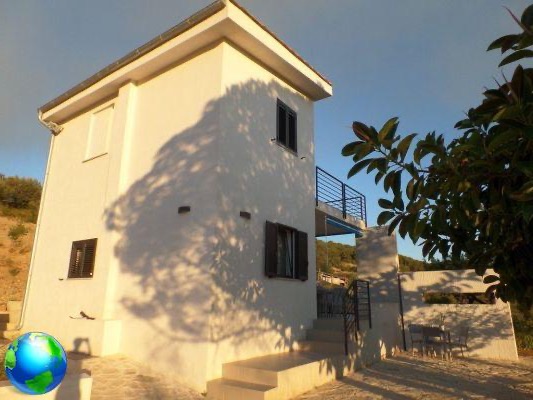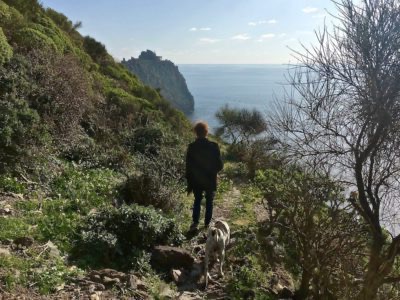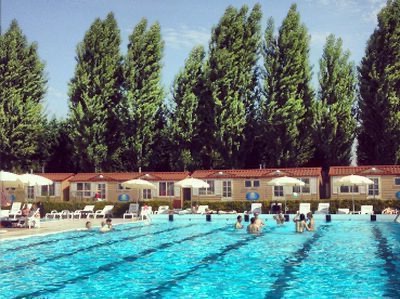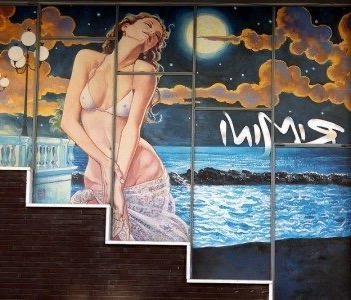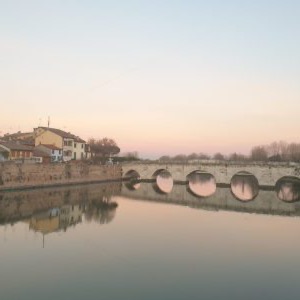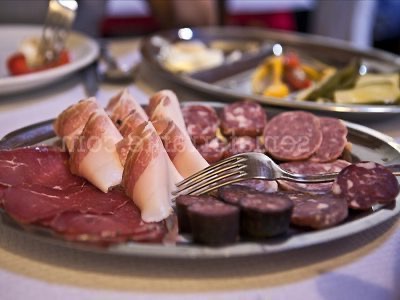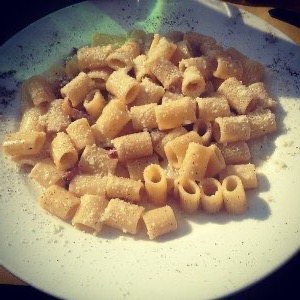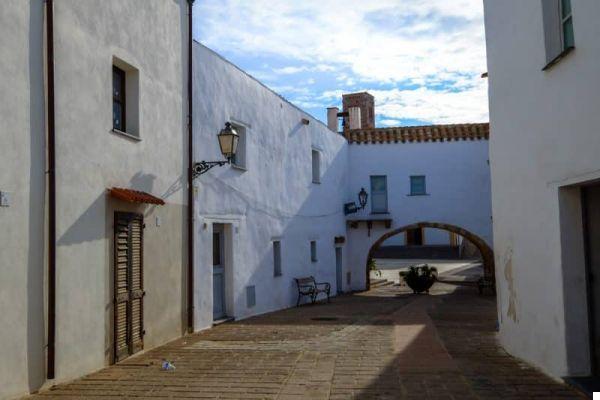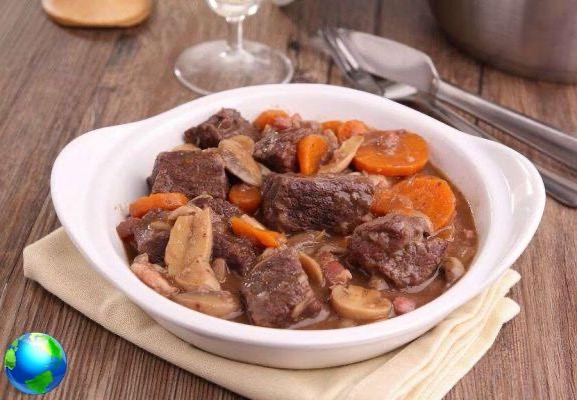
Get ready for a trip to Piedmont, to discover typical products and cuisine specialties. For this time, however, you will not have to prepare your bags or book the hotel, the only thing you will need will be a good fork. The table is set, take a seat.
Stolen
While you are waiting for the first course, I know that you will not resist the temptation of those inviting breadsticks on display in front of the plate ... then I will take you to Chieri in the province of Turin to get to know the "Stolen". This strange word in Piedmontese means "to fall"; in fact, the breadsticks take this name from the gesture made by the baker turning them over and letting them fall “rubatè” on the stretching table. The origins of these breadsticks are very ancient and real, it is said that in 1679 the court baker invented them because the future king Vittorio Amedeo II he could not digest the breadcrumbs. Their fame also crossed national borders, because Napoleon Bonaparte took them to the Parisian court, he called them "les petits batons de Turin".
panissa
Just nibble, the first course has arrived: the Panissa. Here we are Baraggia, an area that extends into the Piedmontese plains of the provinces of Biella and Vercelli. The climatic regime of this area has a decisive influence on cultivation, reducing the productivity of the rice fields but producing a much higher quality of rice.
In fact, in 2007 the European Union, like recognition of product excellence, assigned to the Rice from Baraggia the Protected Designation of Origin.
Panissa is a typical dish from Vercelli and the ingredients testify to its humble origin, all products that could be found in the farmers' pantries and that gave them the energy they needed to work in the rice fields: rice, Saluggia beans, salami d'la duja (under fat), onion. It is a dish with an intense flavor, which embodies all the essence of a territory that from being poor has become an Italian excellence.
Braised in Barolo
For the second we leave the plain and move to the hills of Cuneo, to taste the Braised in Barolo. This great dish most of all represents the Piedmontese tradition and the culture of Slow Food. Quality products, no rush and attention to detail, these are the characteristics that make it unique.
La cooking is very slow, to allow the meat to flavor with the aromas, fundamental in this preparation and to soften until it reaches the perfect consistency. The wine so rich and full-bodied is obviously the protagonist of the dish but it does it with discretion, without overriding the other flavors. The Barolo he has been the ambassador of Piedmont in the world since the time of the Savoy, already in 1966 he received the Denomination of Controlled Origin, in 1980 it became DOCG. Absolutely to try.
Lady's Kisses
The dessert takes us to Tortona, a small town in the province of Alessandria, where, more than a century ago, the Lady's Kisses. Tradition states that these biscuits are so called because the two halves, joined by a layer of chocolate, look like two lips intent on kissing.
Less romantic is there diatribe for their origin, but finally in 2010 the Baci di dama obtained the recognition of Traditional Agri-food Product of the Piedmont region and therefore must be produced exclusively in Tortona or in the surrounding areas. The list of ingredients is also very strict, only almonds, butter, sugar, flour and chocolate. Eating the Baci is very simple, stop a little less, that mix of almonds, butter and chocolate is a real sweet explosion, hard not to try another one.
Ratafià of Andorno
To finish the dinner, you cannot miss a good digestive, which takes us to a village in the Biella Pre-Alps along the Cervo Valley.
This is where the Ratafià of Andorno, a liqueur obtained from black cherry syrup. Giovanni Rapa, in 1880 resumed the recipe of the liqueur produced in the Monastery of Santa Maria della Sala (already in 1600) and began to produce ratafià. There is a curious legend, which despite having no historical evidence I like to tell. It is said that a black cherry liqueur in the year 1000 he saved the village of Andorno from the plague. It was thus possible to celebrate the marriage between the daughter of the inventor of this miraculous liqueur and the son of his most arch enemy, restoring peace between the two families.
"Et sic res rata fiat”With this sentence the union of the spouses and the future name of the liqueur was sanctioned. Popular stories aside, ratafià has a sugary cherry flavor and the low alcohol content makes it a digestive that everyone likes. The perfect ending to our dinner.
The trip is over and after these 5 courses you have become Piedmontese doc.




